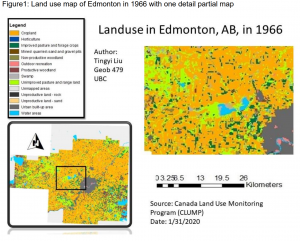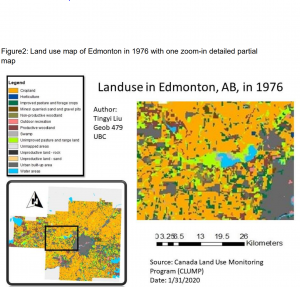The focus of landscape ecology is to reveal the importance of spatial patterns to the dynamics of interacting ecosystems (Therefore, a homogenous area cannot be a landscape). Many factors have stimulated interest in landscape research, the most important of which is the urgent need to assess the impact of rapid, large-scale changes in our environment.
The ultimate aim of landscape ecology is to understand process through an examination of form (i.e., landscape pattern). In order to understand what quantification of pattern on the landscape can tell us about the processes that have occurred /are occurring on a landscape, we should first consider the causes of landscape pattern. Also, it is important to note that form itself can modify processes. Therefore, our ability to identify the process responsible for a particular form becomes even more difficult since there can be feedback between the two.
There are certain criteria when one analyze a landscape. there are five classes of metrics (Riitters et al. 1995),
“Number of classes or cover types”
“Texture measures (fine or coarse)”
“Degree to which patches are compact or dissected”
“Patches are linear or planar”
“Patch perimeters are complicated or simple in shape”
One important type of landscape metric is spatial autocorrelation, which is divided into first and second order processes. A first order process would be where patterns develop in response to some underlying environmental factor, while a second order process is when patterns emerged as interactions between objects.


